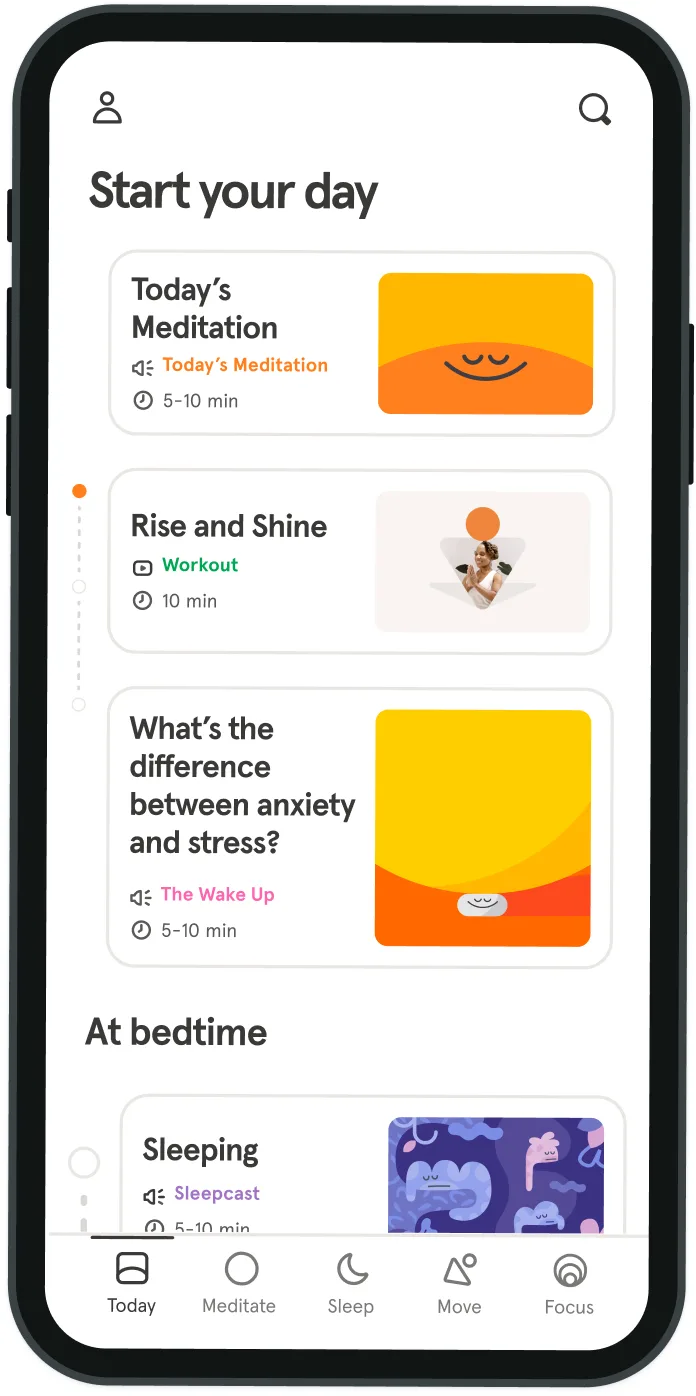Learn to love your food again
It seems like diet-culture is everywhere. From the Paleo fanatics to the Weight Watchers evangelists, there are tons of people exalting the many benefits of various diet plans.
However, the reality is that diets have not been shown to improve health outcomes or result in sustained weight loss for most people in the long-term. Dieting can also invoke feelings of guilt and shame when foods deemed “bad” are consumed. So let’s say you’ve been down the dieting path before and you are tired of having a stressful and unpleasant relationship with food. Enter a new approach to ending the war on your body and making peace with food: mindful eating. What is mindful eating? Mindful eating involves listening to your body’s own internal wisdom from a place of non-judgment and self-compassion. It entails becoming aware of your physical hunger and satiety cues, as well as your food preferences. Mindful eating also involves using your senses and immersing yourself in the eating experience in a way that is pleasurable and free of feelings of guilt or judgment. [Editor’s note: check out Andy’s tips on how to eat chocolate more mindfully. I do every day.] Advantages of mindful eating Mindful eating increases satisfaction and pleasure in the eating experience. Dieting and food rules can create feelings of guilt and anxiety around food. Whereas practicing mindful eating can help you to experience increased pleasure and satisfaction while eating. Sounds nice, right? Kathleen Bishop, LCSW, a therapist, says, “When you are present while you are eating, your brain actually registers that you have eaten by experiencing the texture and taste of your food. When you eat mindlessly, your brain does not register the experience leaving you feeling unsatisfied. Think of driving to work mindlessly and arriving at work with no recollection of the drive.”
Mindful eating can also help you to develop a healthier relationship to food. We live in a society that labels foods as “good” or “bad,” which can cause many individuals to develop a disordered relationship to food. Mindful eating practices may enable you to begin to develop a healthier relationship to food. Amrie DeFrates, RD, of DeFrates Nutrition, says, “By practicing eating without judgment, it becomes possible to feel satisfaction from what is eaten. That leads to confidence and self-trust around food.” Michelle May, MD, founder of Am I Hungry? Mindful Eating Programs and Training, explains, “Unlike dieting which is based on rules and willpower, resulting in obsession and guilt, mindful eating is eating with intention and attention. It is eating with the intention of caring for yourself and eating with attention in order to enjoy your food and notice its effects on your body.” Putting it into practice Are you feeling ready to try mindful eating? The following are three simple strategies to begin to incorporate mindful eating into your life.
1. Eat without distractions Many of us have developed the habit of multitasking. However, one integral component of mindful eating is to work on eating without distractions. Josée Sovinsky, RD, of Josée Sovinsky Nutrition, says, “It’s important to have small, realistic goals. This may mean eating one meal per day without television or other distractions. Alternatively, it could be taking a pause before meals to identify our level of hunger and our thoughts.” Eating without distractions can help you to better identify your feelings of fullness. It also may help you to enjoy and savor your food in the moment. You’ll be much more aware of how many Oreos you’re eating, and actually enjoying, if there isn’t a Modern Family marathon on to distract you. 2. Use all of your senses When sitting down to eat a meal or snack, try to engage your sense of sight, smell, taste, and touch. This will help you to be more mindful in the moment and may increase your sense of pleasure and satisfaction in the eating experience. Act like you’re taking your senses to dinner—make sure all of them are enjoying their meal. 3. Make mealtimes more pleasurable There are a variety of strategies that you can use to make your mealtimes more pleasurable. This can enhance the eating experience and may help you to improve your relationship with food. Bishops suggests, “setting the table, preparing food you really like, put on some music, light a candle and take a few deep breaths before beginning a meal. Experiment with it to find what works for you.” Additionally, it is important to be careful when starting on a mindful eating practice that you do not turn it into another set of rules. You do not have to eat mindfully 100% of the time in order to be a mindful eater. Sovinsky says, “You cannot "fail" at mindful eating. Mindfulness is as much about the journey as it is about the results.”

When sitting down to eat a meal or snack, try to engage your sense of sight, smell, taste, and touch.
Jennifer Rollin


Be kind to your mind
- Access the full library of 500+ meditations on everything from stress, to resilience, to compassion
- Put your mind to bed with sleep sounds, music, and wind-down exercises
- Make mindfulness a part of your daily routine with tension-releasing workouts, relaxing yoga, Focus music playlists, and more
Meditation and mindfulness for any mind, any mood, any goal
- © 2024 Headspace Inc.
- Terms & conditions
- Privacy policy
- Consumer Health Data
- Your privacy choices
- CA Privacy Notice
